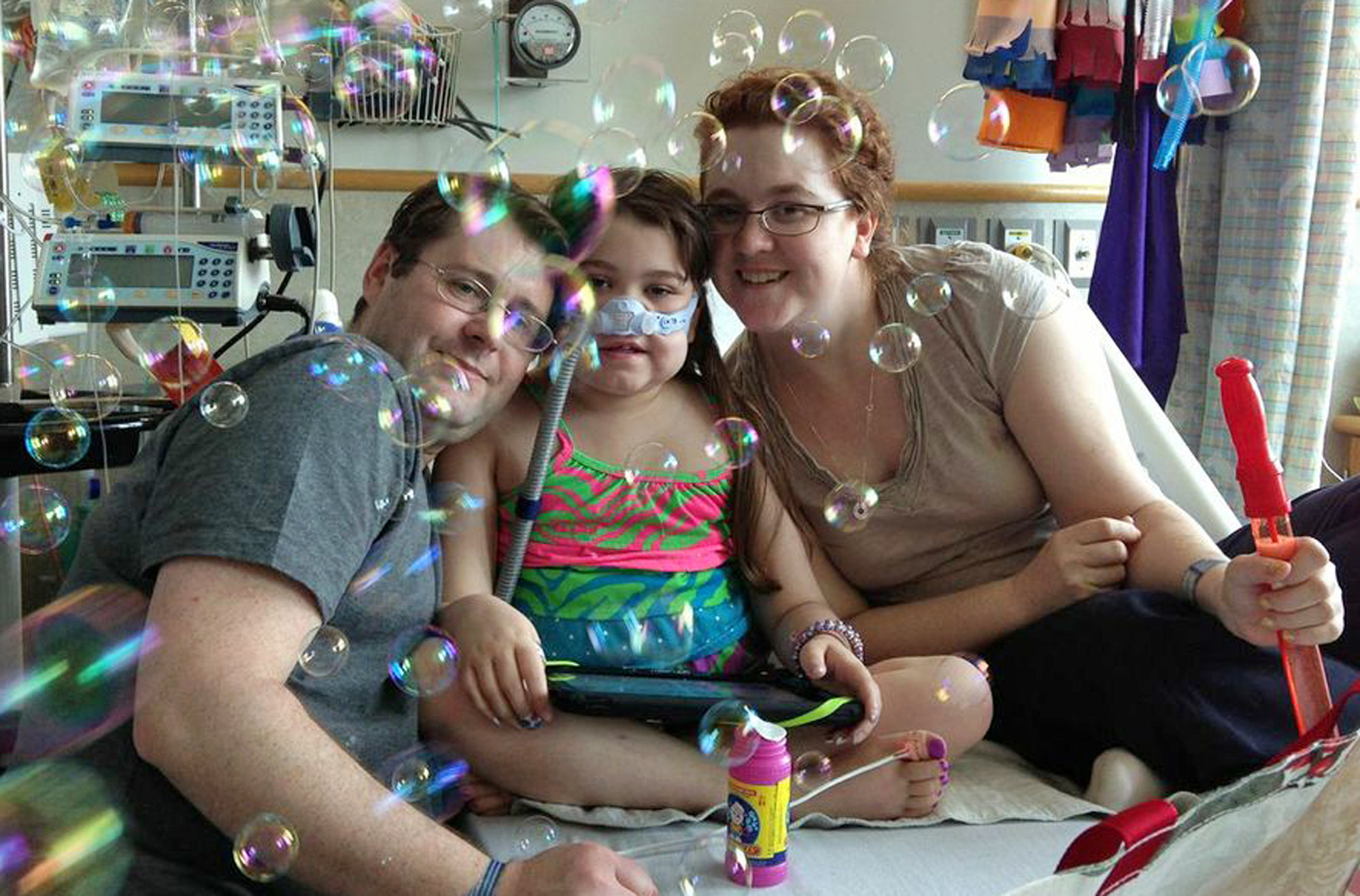Sarah Murnaghan Case Prompts Permanent Lung Transplant Policy Tweak
Children under 12 will continue to be granted exceptions to pediatric policy.
— -- A family’s successful fight to get a lung transplant for their dying 10-year-old daughter last spring has resulted in a permanent organ transplant policy tweak for pediatric patients.
The family of Sarah Murnaghan fought the so-called Under 12 Rule last year, claiming it was discriminatory because Sarah could be offered adult lungs only after they were offered to other matching adults. The Organ Procurement and Transplantation Network, which is under contract with the federal government to allocate organs, created a temporary rule exception policy last year because of the Sarah Murnaghan case, and today voted to continue to allow children to be granted exceptions, but still only on a case-by-case basis.
“I’ve been waiting a little on bated breath for the decision,” said Sarah’s mother, Janet Murnaghan, at a news conference outside their Newtown Square, Pennsylvania, home. “We know a lot of kids who are waiting and little people who are waiting. Just knowing that they’ll have greater access is a really amazing feeling.”
Read what experts had to say about fairness of the Under 12 Rule last year.
Only Sarah Murnaghan received lungs from an adult donor, even though a dozen children were granted exceptions to the Under 12 Rule to give them greater access to adult lung transplants since the then-temporary exception policy was created June 11, 2013.
“The overall impact of the modified policy has certainly been modest,” Dr. Steve Webber, who chairs OPTN’s thoracic committee, said before the vote.
But he said the pediatric lung allocation policy will continue to evolve as OPTN learns more from these patients.

Normally, children under 12 who are awaiting a lung transplant are labeled “priority 1” or “priority 2,” and they get preferential treatment when child and adolescent lungs become available. Children younger than 12 only get offered adult lungs after they’ve been offered to other matching candidates over 12 based on an algorithm called the LAS, or lung allocation score.
An exception to the Under 12 Rule means that these children were considered for lungs based on the same LAS algorithm. This score typically isn’t used for pediatric patients on the waiting list, which usually number about 20 nationwide, because there isn’t enough data to show that it works.
Of the 12 children who were granted exceptions to potentially receive adult lungs, seven have gotten lung transplants, but five of them received pediatric lungs, according to OPTN. This means the exception policy didn’t help them because they would have been considered first for pediatric lungs anyway under the existing rules.
One child got adolescent lungs, meaning they came from a donor who was between 12 and 17 years old, according to OPTN. Since children younger than 12 are typically offered adolescent lungs after they’ve been offered to other matching adolescents, it’s not clear whether this child would have gotten them without the exception.
Finally, one child has gotten an adult lung transplant since June 11. Although the OPTN isn’t naming names, the Murnaghan family has said that Sarah underwent the double-lung transplants from adult donors on June 12 and June 15.
“It’s not an enormous impact that will change adult lung transplant, but it is a significant impact,” Janet Murnaghan said. “Every life counts.”






